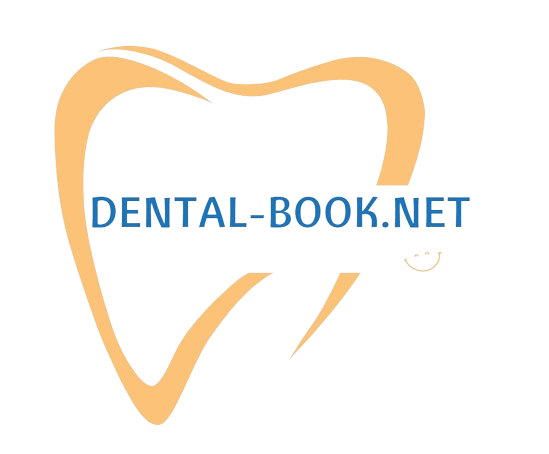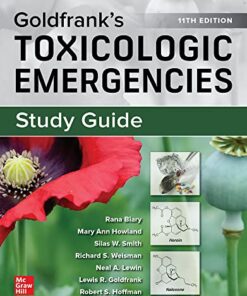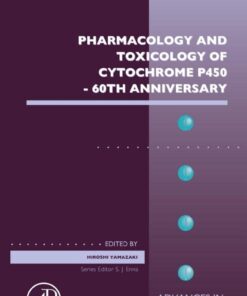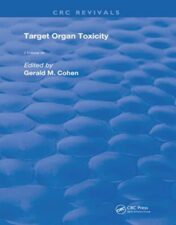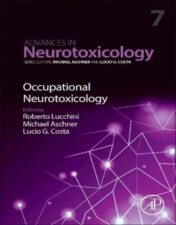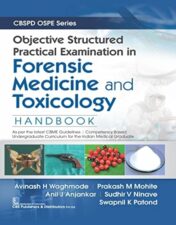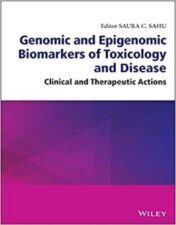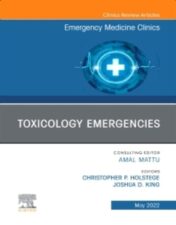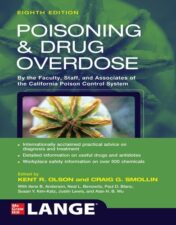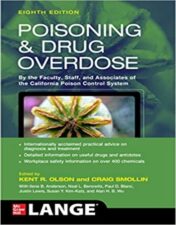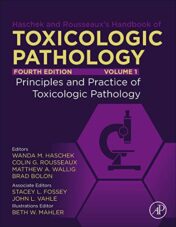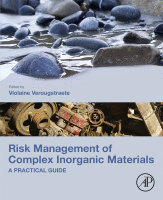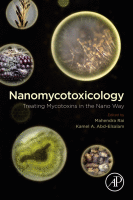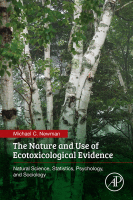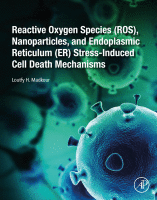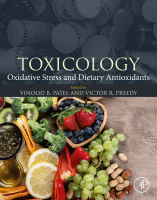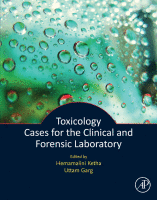Discover the Best Toxicology Books: A Comprehensive Guide to Understanding Toxins
Discover the Best Toxicology Books Now!
Are you looking for the best toxicology books to help you understand the science of poisons and toxins? Look no further than DentalBooks.net! Our selection of toxicology books covers a wide range of topics, from basic principles to advanced concepts. Whether you’re a student, researcher, or professional in the field, you’ll find the perfect book to help you gain a better understanding of this fascinating subject. With our extensive collection of titles, you can explore the history, chemistry, and effects of toxins on the human body. Plus, you’ll get access to the latest research and insights from leading experts in the field. So don’t wait any longer – start your journey into the world of toxicology today by browsing our selection of books now!
Toxicology Books
Handbook of Forensic Analytical Toxicology, 2nd Edition (Original PDF from Publisher)
Toxicology Books
Study Guide for Goldfrank’s Toxicologic Emergencies, 11th Edition (Original PDF from Publisher)
Toxicology Books
“Venomous” Bites from “Non-Venomous” Snakes, 2nd Edition (Original PDF from Publisher)
Toxicology Books
Toxicology Books
Study Guide for Goldfrank’s Toxicologic Emergencies, 11th Edition 2022 Original PDF
Toxicology Books
Toxicology Books
Toxicology Books
Toxicology Books
Toxicology Books
Toxicology Books
Toxicology Books
Poisoning and Drug Overdose, Eighth Edition 2022 Original pdf
Toxicology Books
Toxicology Books
Neurotoxicity of Nanomaterials and Nanomedicine 2017 Original pdf
Toxicology Books
Toxicology Books
Toxicology in Antiquity A volume in History of Toxicology and Environmental Health 2019 original pdf
Toxicology Books
Toxicoepigenetics Core Principles and Applications 2018 original pdf
Toxicology Books
Thresholds of Genotoxic Carcinogens From Mechanisms to Regulation 2016 original pdf
Introduction
Are you looking for the best toxicology books to help you understand toxins and their effects on the human body? Look no further! This comprehensive guide will provide you with a list of the top toxicology books available, as well as helpful information about each one. From basic concepts to advanced topics, these books will give you an in-depth understanding of toxins and how they can affect your health. With this guide, you'll be able to find the perfect book to help you learn more about toxicology and stay informed about the latest developments in the field.
Overview of Toxicology and Its Impact on Human Health
Toxicology is the study of the adverse effects of chemicals and other agents on living organisms. It is a multidisciplinary field that combines elements of chemistry, biology, pharmacology, and medicine to understand how toxic substances interact with living systems. Toxicology has become increasingly important in recent years due to the growing number of chemicals used in everyday life, from food additives to industrial pollutants.
The primary goal of toxicology is to identify and assess the potential health risks posed by exposure to hazardous substances. This involves studying the effects of these substances on humans, animals, and the environment. Toxicologists use a variety of methods to evaluate the toxicity of a substance, including laboratory tests, epidemiological studies, and computer models.
Toxicology plays an important role in protecting public health. By understanding the potential health risks associated with exposure to hazardous substances, toxicologists can help to develop regulations and policies to reduce or eliminate these risks. Toxicologists also work to develop treatments for people who have been exposed to toxic substances, as well as to identify new ways to prevent exposure in the first place.
Toxicology has a wide range of applications, from environmental protection to medical research. In the environmental arena, toxicologists are involved in assessing the safety of drinking water, air quality, and soil contamination. In the medical field, toxicologists are involved in drug development, clinical trials, and the evaluation of new treatments. Toxicologists also play an important role in occupational health and safety, helping to ensure that workers are not exposed to dangerous levels of hazardous substances.
Toxicology is an ever-evolving field, as new technologies and techniques are developed to better understand the effects of toxic substances on human health. As our understanding of toxicology grows, so too does our ability to protect ourselves and our environment from the harmful effects of hazardous substances.
Types of Toxins and Their Effects on the Body
Toxins are substances that can cause harm to the body when ingested, inhaled, or absorbed through the skin. They can be found in food, water, air, and even in some products we use every day. Toxins can have a wide range of effects on the body, ranging from mild irritation to serious illness and even death.
There are many different types of toxins, each with its own unique characteristics and effects on the body. Some of the most common types of toxins include heavy metals, pesticides, herbicides, solvents, and industrial chemicals.
Heavy metals are naturally occurring elements that can be toxic to humans if ingested or inhaled in large amounts. Lead, mercury, and arsenic are all examples of heavy metals that can cause serious health problems if ingested or inhaled in large amounts. Lead poisoning, for example, can cause damage to the nervous system, kidneys, and reproductive organs. Mercury poisoning can cause neurological damage, while arsenic poisoning can cause cancer.
Pesticides and herbicides are chemicals used to kill pests and weeds. These chemicals can be toxic to humans if ingested or inhaled in large amounts. Pesticide poisoning can cause nausea, vomiting, dizziness, and difficulty breathing. Herbicide poisoning can cause skin irritation, eye irritation, and respiratory problems.
Solvents are chemicals used to dissolve other substances. They can be toxic to humans if ingested or inhaled in large amounts. Solvent poisoning can cause headaches, dizziness, confusion, and difficulty breathing.
Industrial chemicals are chemicals used in manufacturing processes. These chemicals can be toxic to humans if ingested or inhaled in large amounts. Industrial chemical poisoning can cause skin irritation, eye irritation, and respiratory problems.
No matter what type of toxin is involved, it is important to take steps to protect yourself and your family from exposure. Be sure to read labels carefully and follow safety instructions when using any product that contains toxins. If you suspect you have been exposed to a toxin, seek medical attention immediately.
Understanding the Different Routes of Exposure to Toxins
Understanding the different routes of exposure to toxins is an important part of understanding how toxins can affect our health. Toxins are substances that can cause harm to living organisms, and they can enter our bodies through a variety of routes. It is important to understand these routes in order to protect ourselves from potential harm.
The most common route of exposure to toxins is inhalation. This occurs when we breathe in air that contains toxins, such as smoke or fumes. Inhalation is particularly dangerous because the toxins can be absorbed directly into the bloodstream, where they can cause damage to organs and tissues.
Ingestion is another common route of exposure to toxins. This occurs when we consume food or drink that has been contaminated with toxins. Ingestion can also occur when we come into contact with toxins on our skin or in our eyes. Ingestion can lead to serious health problems, including organ damage and even death.
Dermal absorption is another route of exposure to toxins. This occurs when toxins are absorbed through the skin. Dermal absorption can occur when we come into contact with contaminated surfaces, such as furniture or clothing. It can also occur when we use products that contain toxins, such as cosmetics or cleaning products. Dermal absorption can lead to skin irritation and other health problems.
Injection is another route of exposure to toxins. This occurs when toxins are injected directly into the body, usually through a needle. Injection is often used to administer medications, but it can also be used to introduce toxins into the body. Injection can lead to serious health problems, including organ damage and even death.
Finally, ingestion of toxins can occur when we consume food or drink that has been contaminated with toxins. This can occur when food or water has been exposed to toxins, such as pesticides or industrial waste. Ingestion of toxins can lead to serious health problems, including organ damage and even death.
Understanding the different routes of exposure to toxins is essential for protecting our health. By avoiding contact with toxins and taking steps to reduce our exposure, we can help to protect ourselves from potential harm.
The Role of Regulatory Agencies in Controlling Toxins
Regulatory agencies play a critical role in controlling toxins and protecting public health. These agencies are responsible for setting standards, monitoring compliance, and enforcing regulations to ensure that toxins are kept at safe levels.
The Environmental Protection Agency (EPA) is the primary federal agency responsible for regulating toxins. The EPA sets limits on the amount of toxins that can be released into the environment, and it monitors compliance with these standards. It also enforces regulations to ensure that companies comply with the standards. The EPA works with state and local governments to ensure that toxins are controlled and monitored.
The Occupational Safety and Health Administration (OSHA) is another important regulatory agency when it comes to controlling toxins. OSHA sets standards for workplace safety, including standards for exposure to toxins. It also monitors compliance with these standards and enforces regulations to ensure that workers are not exposed to unsafe levels of toxins.
The Food and Drug Administration (FDA) is also involved in controlling toxins. The FDA sets standards for food safety, including standards for toxins. It monitors compliance with these standards and enforces regulations to ensure that food products are safe for consumption.
In addition to these federal agencies, there are also state and local agencies that regulate toxins. These agencies set their own standards and monitor compliance with them. They may also enforce regulations to ensure that toxins are kept at safe levels.
Overall, regulatory agencies play an important role in controlling toxins and protecting public health. They set standards, monitor compliance, and enforce regulations to ensure that toxins are kept at safe levels. By doing so, they help to protect people from the harmful effects of toxins.
Strategies for Minimizing Exposure to Toxins in Everyday Life
Minimizing exposure to toxins in everyday life is an important step in maintaining a healthy lifestyle. Toxins can be found in many places, from the air we breathe to the food we eat. Fortunately, there are several strategies that can help reduce our exposure to these harmful substances.
First, it’s important to be aware of the sources of toxins in your environment. This includes things like air pollution, water contamination, and chemicals used in household products. Knowing where toxins may be present can help you take steps to avoid them.
Second, try to limit your exposure to toxins by avoiding certain activities or products. For example, if you live in an area with high levels of air pollution, consider limiting your time outdoors or wearing a face mask when you do go outside. You should also avoid using products that contain potentially hazardous chemicals, such as cleaning supplies, pesticides, and paint.
Third, make sure to properly store and dispose of any toxic materials. This includes things like batteries, motor oil, and paint. Make sure to read the labels on products to determine how they should be stored and disposed of safely.
Fourth, consider switching to natural alternatives for common household items. For example, instead of using chemical-based cleaners, opt for natural options like vinegar and baking soda. Similarly, look for organic produce and grass-fed meats to reduce your exposure to pesticides and hormones.
Finally, stay informed about the latest research on toxins and their effects on health. This will help you make more informed decisions about the products you use and the activities you participate in.
By following these strategies, you can minimize your exposure to toxins and help protect your health. It’s important to remember that even small changes can make a big difference in reducing your risk of exposure to toxins.
Conclusion
In conclusion, understanding toxins and toxicology is an important part of staying safe and healthy. Discovering the best toxicology books can help you gain a better understanding of this complex subject. With this comprehensive guide, you can find the perfect book to help you understand toxins and toxicology in a way that works for you. Whether you’re looking for a textbook or a more casual read, this guide will help you find the right book to get you started on your journey to understanding toxins and toxicology.
